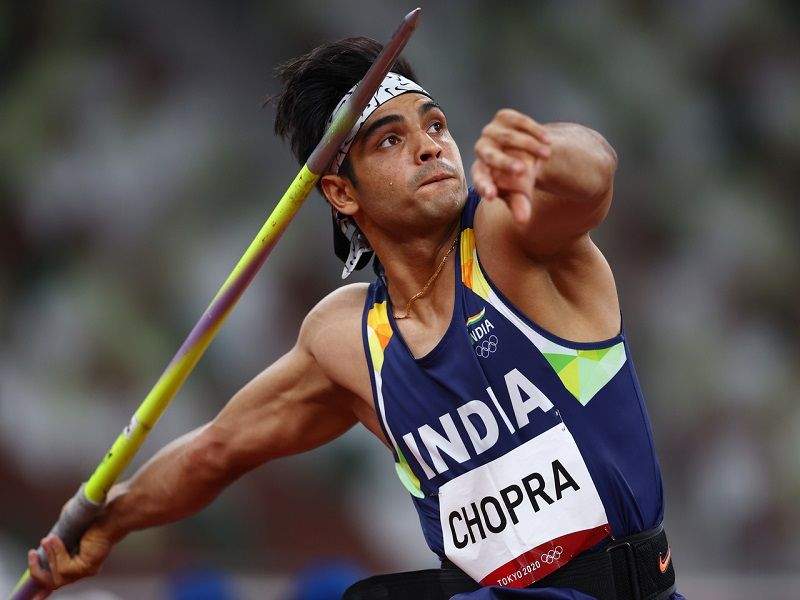The History of the Men’s Javelin Throw: Men’s Javelin Throw Final

The men’s javelin throw, a captivating display of strength, skill, and athleticism, has a rich history spanning millennia. From its ancient origins as a hunting and warfare tool to its evolution into a modern Olympic event, the javelin throw has captivated audiences and left an enduring mark on athletic history.
Ancient Origins and Significance
The javelin throw’s roots can be traced back to ancient civilizations, where it served both practical and symbolic purposes. In ancient Egypt, javelins were used for hunting and warfare, and the throwing of spears was depicted in numerous hieroglyphics. The javelin throw also held cultural and religious significance in ancient Greece. It was included in the ancient Panathenaic Games, a festival held in honor of the goddess Athena, and featured prominently in Greek mythology, where heroes like Achilles and Odysseus were renowned for their javelin skills.
The Transition to a Modern Sport, Men’s javelin throw final
The javelin throw’s transition to a modern sport began in the 19th century, with the development of organized athletics. In 1870, the first recorded javelin throw competition was held in Ireland, and the sport quickly gained popularity in Europe and North America. The javelin throw became an official event at the first modern Olympic Games in Athens in 1896, and has been a staple of the Olympic program ever since.
Evolution of the Javelin and Technique
The javelin itself has undergone significant evolution over time. Early javelins were often made of wood, with a simple metal point. However, as the sport progressed, javelins were made with more advanced materials, such as aluminum and fiberglass, resulting in lighter, more aerodynamic designs. The technique of javelin throwing has also evolved considerably. Early throwers often used an underhand style, but the modern overhand technique, which allows for greater distance and accuracy, was developed in the early 20th century.
Key Figures and Innovations
Several key figures have played a significant role in the development and evolution of the men’s javelin throw. Finnish athlete Matti Järvinen, who won the gold medal at the 1932 Olympic Games, is considered one of the greatest javelin throwers of all time. He revolutionized the sport with his powerful overhand technique and helped to establish Finland as a dominant force in the event. Another notable figure is the Norwegian athlete Terje Hakonsen, who set a world record in 1996 with a throw of 91.46 meters. His record stood for over 10 years and is a testament to his exceptional skill and athleticism.
Modern Javelin Throw
The men’s javelin throw remains a popular and exciting event in modern athletics. The sport has continued to evolve, with athletes pushing the boundaries of human performance. The javelin throw has become a global sport, with athletes from all over the world competing at the highest level. The Olympic Games and World Athletics Championships are the most prestigious events in the sport, attracting the world’s best javelin throwers.
The men’s javelin throw final at the Olympics is a spectacle of power and precision, with athletes launching their spears across the field. India’s Olympic journey, a tale of triumph and potential, india olympics , has seen its share of victories in this event.
The final is a moment of anticipation, as the athletes strive to reach the furthest mark and etch their names in the annals of Olympic history.
The men’s javelin throw final is a thrilling spectacle of strength and precision, each athlete a testament to years of dedication. After the final throw, though, there’s nothing quite like relaxing on a lifetime faux wood adirondack chair and reflecting on the day’s events.
The comfort of the chair allows for a moment of quiet contemplation, mirroring the calmness that follows the intense energy of the competition.
